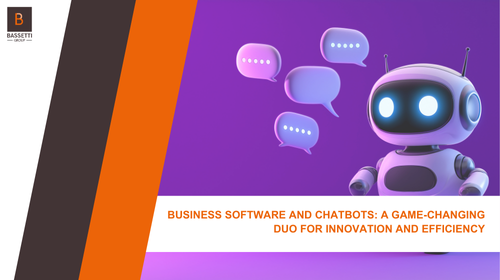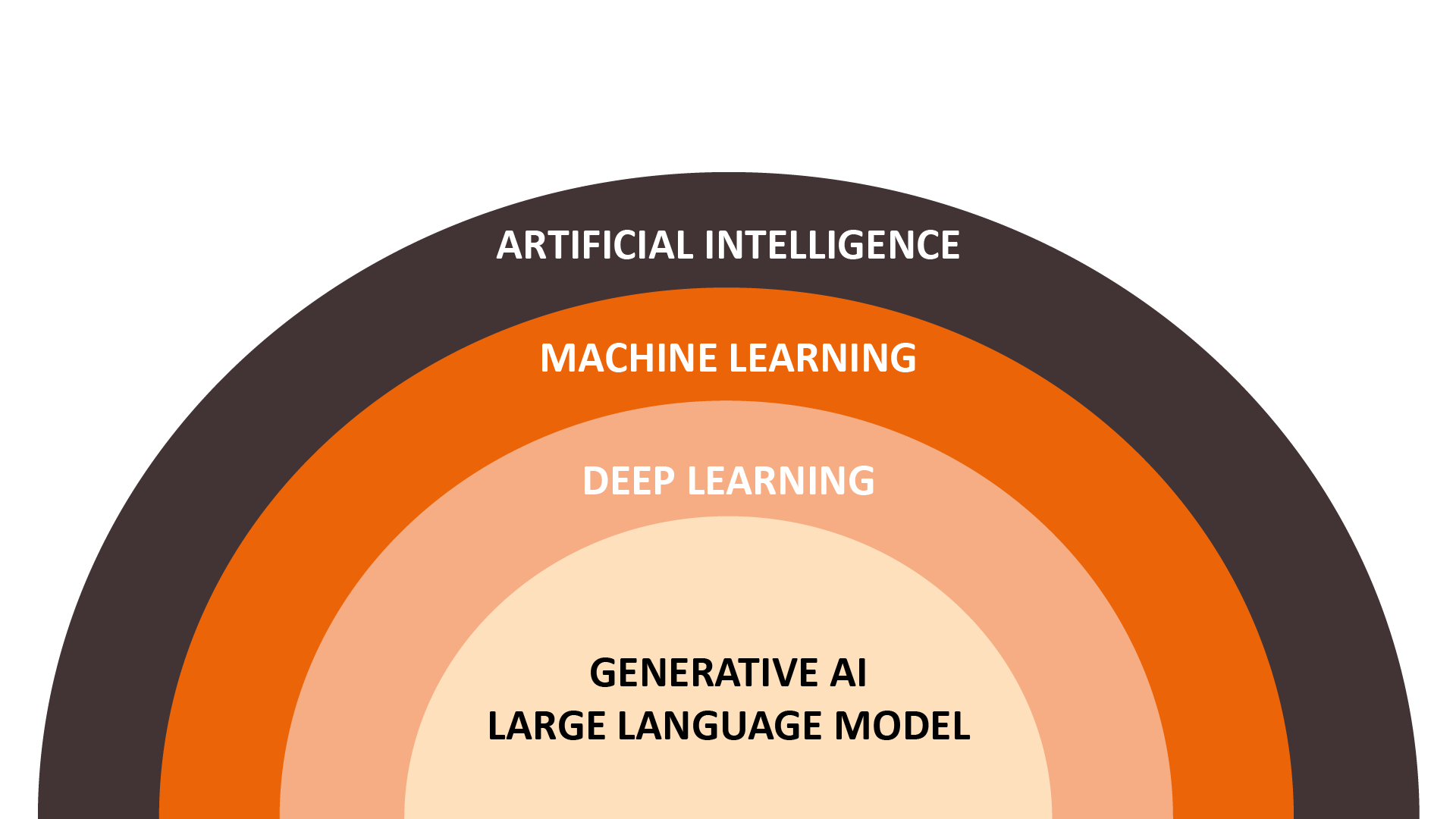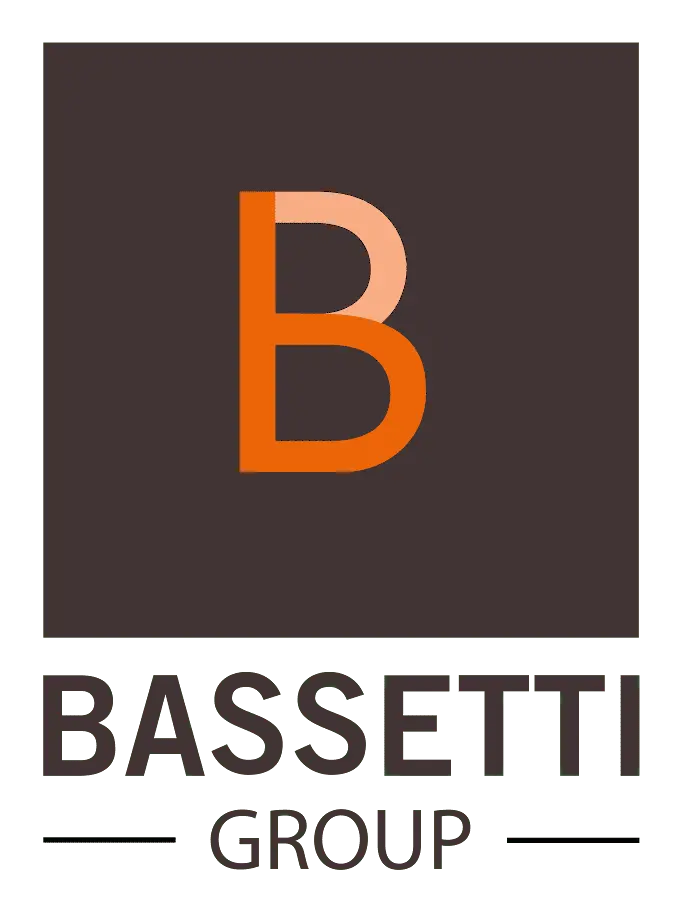Business Software and Chatbots: A Game-Changing Duo for Innovation and Efficiency
"By 2026, over 80% of enterprises will be using generative AI APIs or models." – Gartner, 2023
Generative AI is no longer just a buzzword, it’s a powerful force reshaping the way we work. According to Accenture’s report “A New Era of Generative AI for Everyone”, as much as 40% of working hours across industries could already be impacted by GenAI.
Models like OpenAI’s ChatGPT, Google’s Gemini, and Meta’s LLaMA are becoming part of our everyday lives. But for businesses, the real potential lies in integrating this technology directly into business software. Imagine this:
- A virtual assistant that understands even your most technical requests.
- Complex reports summarized in seconds.
- A guide through mountains of data, instantly at your service.
This is what a generative AI-powered chatbot can bring to your business software. In this article, we’ll break down how it works and explore the tangible benefits it offers.

What exactly is a Chatbot in a business software context?
In sectors like engineering or industrial data management, business software handles vast volumes of complex data that require deep knowledge to interpret. A well-designed solution doesn’t just store data, it turns it into a strategic asset through organization, analysis, and knowledge sharing. A chatbot acts like a hyper-efficient teammate who’s always on call. Powered by Large Language Models (LLMs), deep learning models trained on massive datasets, a chatbot can understand and respond to natural language inputs in a relevant, human-like way.

But unlike general-purpose bots, a chatbot integrated with your business software doesn’t just answer broad questions. It can:
- Connect directly with your internal systems
- Access your proprietary technical data
- Deliver contextualized, accurate, and actionable answers
Key benefits of AI Chatbots in business software
Integrating a chatbot into your enterprise platform unlocks a wide range of use cases that enhance productivity and streamline operations. Here are some of the most impactful applications:
Smart Information Retrieval “Where can I find the latest corrosion resistance test report for this alloy?”
Stop wasting hours combing through databases or paper archives. Just ask in plain language, just like you would ask a colleague, and get a direct, clear answer.
- Document Summarization: “According to this report, what’s the best material for this application in terms of durabilityand cost?”
Faced with a 200-page technical report? The chatbot pulls out the key takeaways in seconds.
- Data Classification and Sorting: “Sort all Safety Data Sheets by their last update, and flag anything older than five years.”
Managing hundreds of documents? Let the chatbot organize them automatically according to your criteria.
- Enhanced Technical Support “I’m having trouble importing a CSV file. What should I do?”
The chatbot walks you through the troubleshooting process or directs you to the right expert if needed.
- Personalized User Experience “Only send me alerts marked as ‘Critical’.”
The chatbot learns from your interactions and tailors its behavior to your preferences and workflows.
How does an integrated Chatbot actually work?
What looks like magic on the surface is driven by a highly technical process under the hood. It all starts with creating a vector database, where your internal technical data is converted into mathematical vectors. This process uses an embedded AI model to map meaning and relationships between words.
The biggest challenge? Generating accurate responses in niche or technical domains. Generalist AI tools often lack the context required for precision. To overcome this, top-tier chatbots use Retrieval-Augmented Generation (RAG). Here’s how it works:
- You ask a question: this becomes the “prompt”
- The chatbot searches its knowledge base (your vector database) to retrieve relevant documents.
- It builds a new, highly contextualized prompt using that data.
- Finally, it uses this rich prompt to generate a precise and relevant answer.
This extra step, searching and incorporating your real data, makes all the difference in avoiding vague, generic, or inaccurate responses.
Navigating challenges and embracing promises: The evolving future of Business Chatbots
Integrating generative AI into business software is already transforming how we work, but it comes with challenges:
- Accuracy: Generative models can still “hallucinate.” Responses should always be verified, especially in critical use cases.
- Data security: Sensitive company data must be protected. On-premise deployment or private model hosting is often essential.
Still, the outlook is bright:
- Sharper insights: As LLMs evolve, chatbot precision continues to improve.
- Deeper personalization: Chatbots are becoming better at adapting to user habits and preferences.
- Seamless integration: Chatbots are increasingly embedded across entire
software ecosystems, opening new automation possibilities.
At BASSETTI GROUP , we develop TEEXMA, a software platform built to manage scientific and technical data. We believe generative AI will profoundly change how professionalsinteract with their data, and we’re investing in this transformation to bring you cutting-edge, AI-augmented solutions.
Want to learn more? Download our white paper: “How generative artificial intelligence is transforming the use and management of technical data in industry.”
So, are you ready to take the leap?
Contact our experts at BASSETTI GROUP to learn more about TEEXMA and discover how Generative AI can propel your company to new heights.
